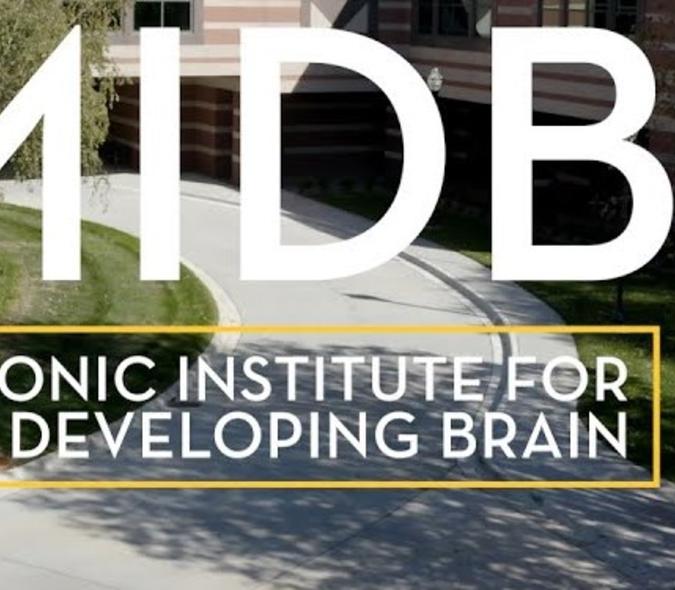
PTSD Treatments – Established and Emerging
Post-traumatic stress disorder (PTSD) is a syndrome that sometimes develops in people who have had a frightening or threatening life experience. June is PTSD Awareness Month, and here at the University of Minnesota, we thought it might be helpful to review the current treatment options for PTSD, as well as promising treatments being researched.
Different types of therapy
One of the key treatments for PTSD is psychotherapy, which helps a person process the memory of a traumatic event and change its meaning for them. These are called “trauma-focused psychotherapies” and there are many different kinds. You might hear about Cognitive Processing Therapy (CPT), Prolonged Exposure (PE), Written Narrative Exposure, or Eye Movement Desensitization and Reprocessing (EMDR). These therapies involve different techniques, such as writing or talking about the memory, or practicing different ways of thinking about what happened. All of these trauma-focused psychotherapies aim to help reduce the pain of the memory while improving the beliefs a person holds about themselves in relation to what happened.
Additionally, there are other types of psychotherapy that do not focus on the traumatic memory itself, but instead help a person manage their thoughts, feelings, and behaviors. These are very useful for individuals who either aren’t quite ready to relive the traumatic experience and/or want to develop other healthy skills to improve their quality of life. A capable therapist can work with the patient to decide which therapy is the most appropriate choice.
Most of these therapy treatments are “time-limited” and only last a few weeks or a few months, but individuals are encouraged to continue using the skills they have learned even when the formal therapy appointments have finished.
Medicines

Medications can be helpful for PTSD, either alone or in combination with psychotherapy. Some medicines can help improve the mood and anxiety symptoms that individuals with PTSD sometimes experience. This in turn can make it easier for some people to participate in therapy, especially if it helps them participate in the deliberate remembering of a traumatic event with their therapist.
The medicines with the best evidence for helping with PTSD symptoms are antidepressants. Different antidepressants belong to different chemical families. The two most commonly used families of antidepressants are the SSRIs (selective serotonin reuptake inhibitors) and the SNRIs (serotonin norepinephrine reuptake inhibitors). Both of these antidepressant families increase available amounts of one of the body’s natural chemicals called serotonin. Serotonin is used by nerve cells in the brain to communicate with each other. It seems to help a person’s brain manage thoughts with less irritability and anxiety, and this can be very useful for people with PTSD.
A completely different class of medications called “antipsychotics” or “neuroleptics” are sometimes used for certain patients with PTSD. The use of these medicines does not mean that a doctor thinks the patient is “psychotic.” On the contrary, low doses of this family of medicines are sometimes very helpful for a range of symptoms that occur in PTSD, including insomnia, anxiety, and irritability. Antipsychotic medicines can also augment the effect of antidepressant medicines so they work better.
There are even separate medications for some of the specific symptoms associated with PTSD. For example, a medication called prazosin can help reduce trauma-associated nightmares. Meanwhile, research is looking at other medicines, especially from the psychedelic family. Medicines being studied include psilocybin (the active ingredient in “magic mushrooms”), MDMA (the ingredient in “ecstasy”), and LSD. The hypothesis is that psychedelics can alter the way a person perceives and remembers, and if done in a safe environment at the correct dose, it may be possible to alleviate the memories and associations of a previous traumatic event.
Neuromodulation
In PTSD, neuromodulation research uses technology to change nerve activity by targeting nerve circuits to enhance their normal biological responses and functions. One of the best known types of neuromodulation is Transcranial Magnetic Stimulation (TMS). TMS uses a magnetic field outside the patient’s head to encourage electrical signals within the nerves of the brain. This can help nerve circuits grow better connections and improve their function. By targeting the brain regions associated with anxiety and mood, the nerve circuits form healthier connections that reduce symptoms of PTSD.
In summary
PTSD is a complicated condition with different symptoms that can last for different periods of time across individuals. There is no one-size-fits-all treatment, but there are many treatment options that can improve people’s memories, thoughts, feelings, relationships, and overall quality of life. Studies are ongoing into new medicines, therapies, and complementary treatments that can be used alone or in combination to help patients with PTSD.
Further Reading
- U.S. Department of Veterans Affairs, PTSD Treatment Basics
- Paul Tullis, The Rise Of Psychedelic Psychiatry, Nature, Vol 589, 28 January 2021, 506-9.
- Gouveia, F.V., et al.Treating Post-traumatic Stress Disorder with Neuromodulation Therapies: Transcranial Magnetic Stimulation, Transcranial Direct Current Stimulation, and Deep Brain Stimulation. Neurotherapeutics 17, 1747–1756 (2020).



